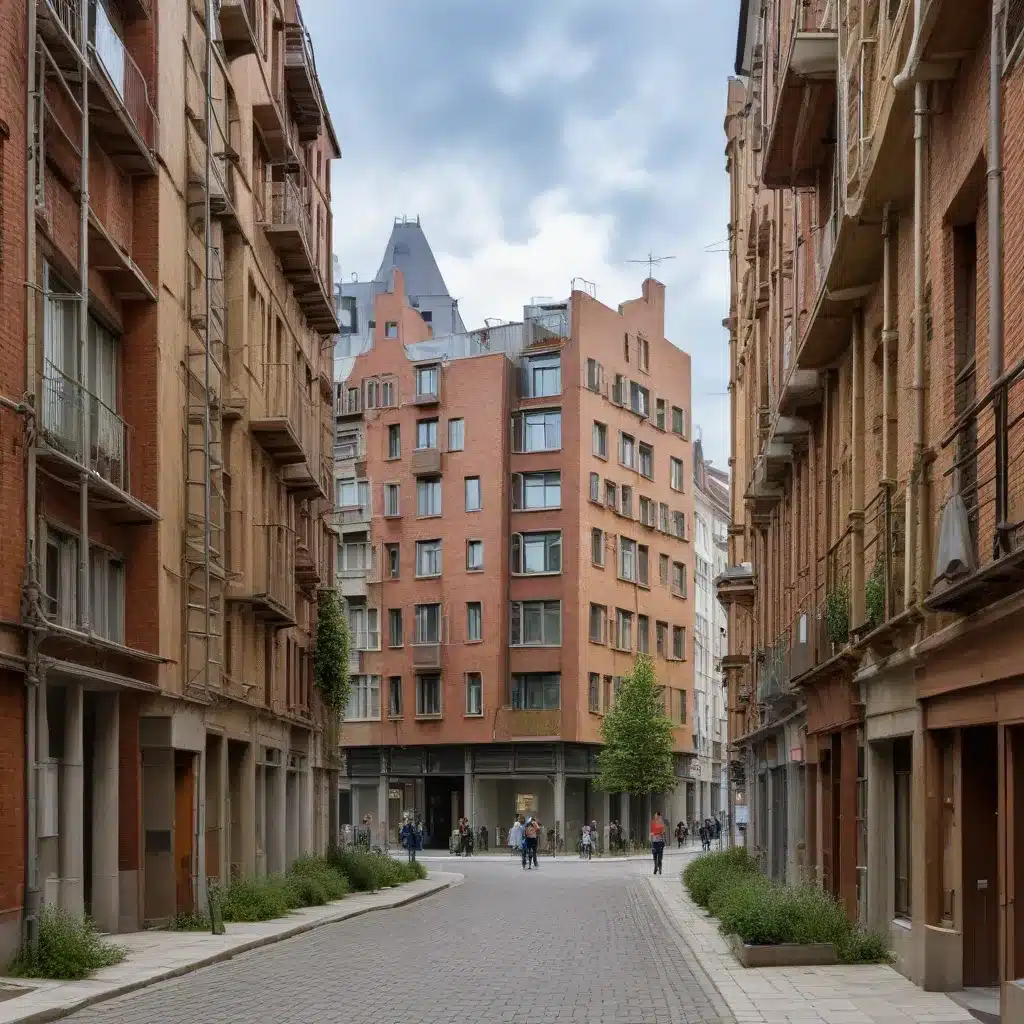
As the European Union (EU) accelerates its transition towards a sustainable, low-carbon future, the regulatory landscape for green building and energy-efficient design has become increasingly complex. Member States are implementing a patchwork of national building codes, local zoning ordinances, and voluntary certification schemes, all aimed at reducing the environmental footprint of the built environment. At the same time, ambitious EU-wide directives are setting the stage for a more harmonized approach to sustainable architecture across the continent.
Regulatory Frameworks
The foundation of sustainable architecture in Europe lies in a layered set of policies and regulations. At the EU level, the Energy Performance of Buildings Directive (EPBD) requires all new buildings to be nearly zero-energy by 2021, with a focus on minimizing energy consumption and maximizing renewable energy generation on-site. This directive is complemented by the Renewable Energy Directive, which sets binding targets for the use of renewable energy in the building sector.
However, the detailed implementation of these EU-wide policies is left to the discretion of individual Member States. As a result, national building codes have emerged as the primary regulatory drivers for sustainable architecture, with each country establishing its own energy efficiency standards, renewable energy mandates, and construction material requirements. For example, the German Energy Saving Ordinance (EnEV) mandates specific thermal insulation values and the use of renewable energy systems, while the UK Building Regulations focus on embodied carbon and circular economy principles.
Local authorities further contribute to the patchwork of sustainable architecture policies through zoning ordinances and urban planning guidelines. Cities like Amsterdam, Copenhagen, and Paris have pioneered innovative approaches, such as mandating passive house standards for new developments, restricting fossil fuel-based heating systems, and incentivizing the use of timber construction.
Sustainability Certifications
Alongside regulatory frameworks, voluntary sustainability certification schemes have emerged as influential drivers of green building practices in Europe. The most prominent of these are LEED (Leadership in Energy and Environmental Design), developed in the United States, and BREEAM (Building Research Establishment Environmental Assessment Method), which originated in the UK.
These certification systems provide a comprehensive assessment of a building’s environmental performance, covering energy efficiency, water conservation, materials selection, indoor air quality, and more. Achieving a high LEED or BREEAM rating has become a marker of sustainability for many developers and building owners, helping to attract tenants, investors, and public funding.
The Passivhaus standard, developed in Germany, has also gained significant traction in Europe. Passivhaus buildings are designed to minimize energy consumption through optimized building envelopes, efficient ventilation systems, and the use of renewable energy sources. While not a formal certification scheme, the Passivhaus approach has become a benchmark for high-performance, low-energy buildings across the continent.
Environmental Considerations
The shift towards sustainable architecture in Europe is driven by a range of environmental factors, with a particular focus on energy efficiency and resource conservation.
Building Envelope: Tightening thermal insulation requirements, improving window performance, and minimizing air leakage are key strategies for reducing a building’s energy consumption and greenhouse gas emissions. Many European countries have adopted increasingly stringent U-value and air tightness targets in their building codes.
Renewable Energy Systems: The integration of solar photovoltaic, wind turbines, and ground-source heat pumps into building design has become commonplace, supported by feed-in tariffs, net metering policies, and other financial incentives. Some jurisdictions, such as Barcelona, even mandate the installation of solar thermal systems for domestic hot water production.
Water Management: Water scarcity and the need for sustainable water usage have led to the widespread adoption of water-efficient fixtures, greywater recycling systems, and stormwater management techniques in European buildings. Rainwater harvesting for irrigation and low-flow toilets are now standard in many new developments.
Waste Reduction: Promoting the use of recycled materials, modular construction, and design for disassembly principles are strategies employed to reduce the environmental impact of building materials and construction waste.
Economic Factors
The transition to sustainable architecture in Europe is not only driven by environmental concerns but also by economic considerations, with various incentive programs and life-cycle costing approaches shaping the market.
Incentive Programs: Governments across Europe offer a range of financial incentives to encourage the adoption of sustainable building practices. These include tax credits, grants, and low-interest loans for energy-efficient retrofits, on-site renewable energy installations, and the construction of zero-energy or net-zero buildings.
Life-Cycle Costing: Building owners and developers are increasingly incorporating life-cycle cost analysis (LCCA) into their decision-making processes. By considering the long-term operational savings, reduced maintenance costs, and potential resale value of sustainable buildings, LCCA helps to offset the higher upfront investment required for green design strategies.
Social Impact
Sustainable architecture in Europe is not solely focused on environmental and economic factors; it also addresses the social impact of the built environment.
Occupant Wellbeing: Sustainable buildings are designed to prioritize the health and comfort of their occupants, with features such as improved indoor air quality, abundant daylighting, and biophilic design elements that enhance the overall user experience.
Community Integration: Sustainable architecture also plays a role in fostering vibrant, livable communities. Initiatives like affordable housing developments, mixed-use projects, and the creation of public green spaces help to promote social equity, accessibility, and community engagement.
As Europe continues to navigate the complex regulatory landscape of sustainable architecture, the convergence of environmental, economic, and social considerations will be crucial in shaping the built environment of the future. By aligning national policies, local regulations, and voluntary certification schemes, the continent is poised to lead the way in creating sustainable, resilient, and inclusive cities.
For the latest updates on Europe’s shift towards clean energy and sustainable architecture, be sure to visit the European Future Energy Forum.






